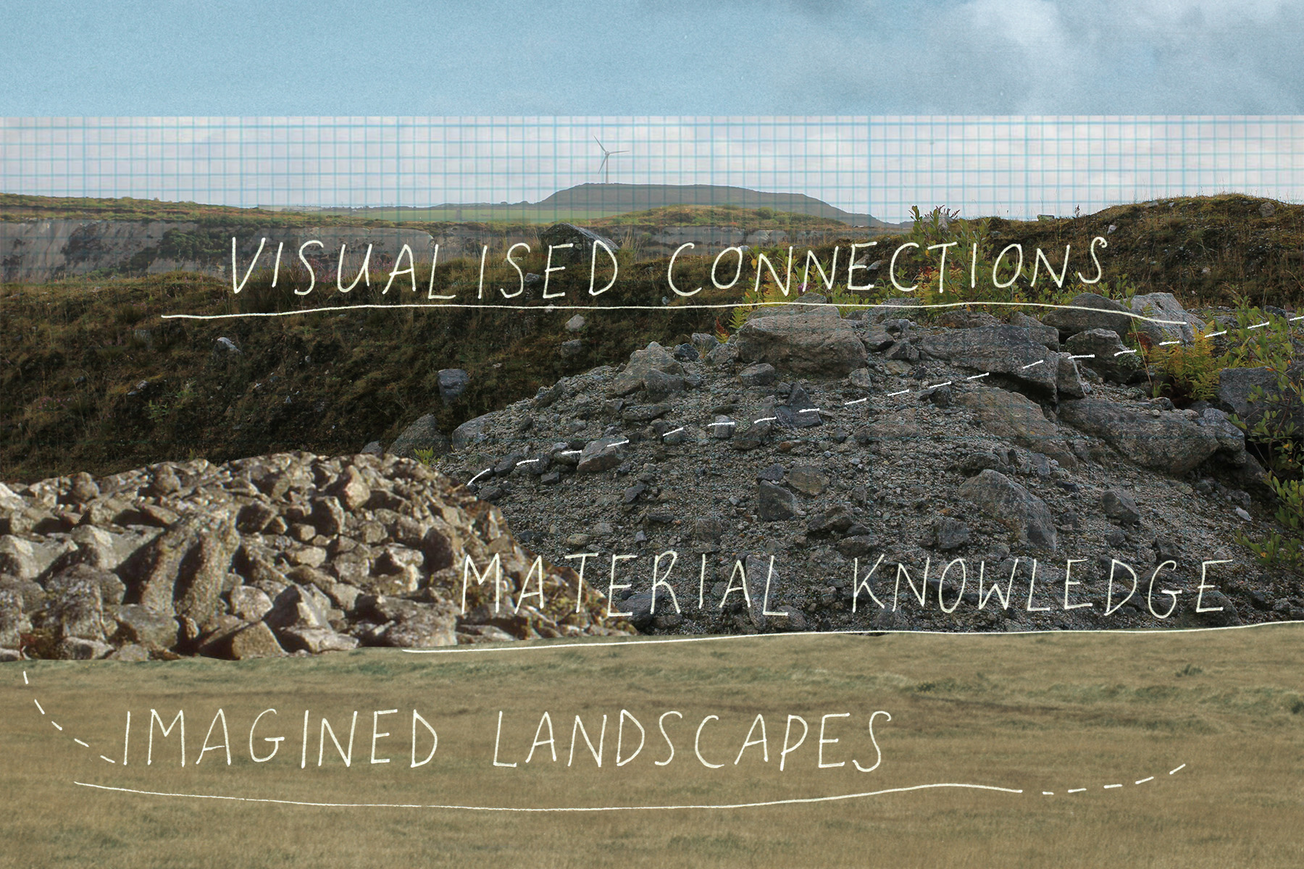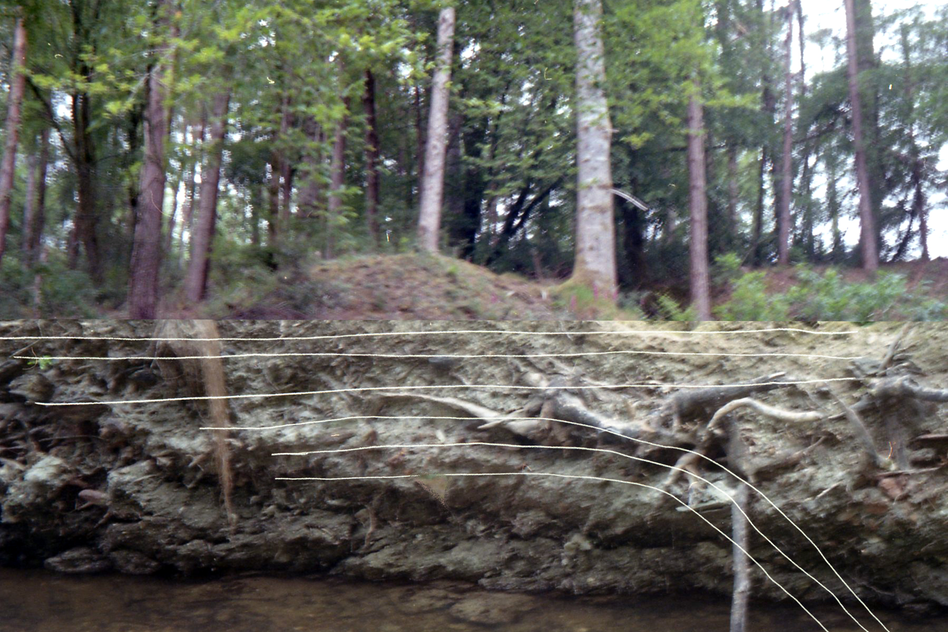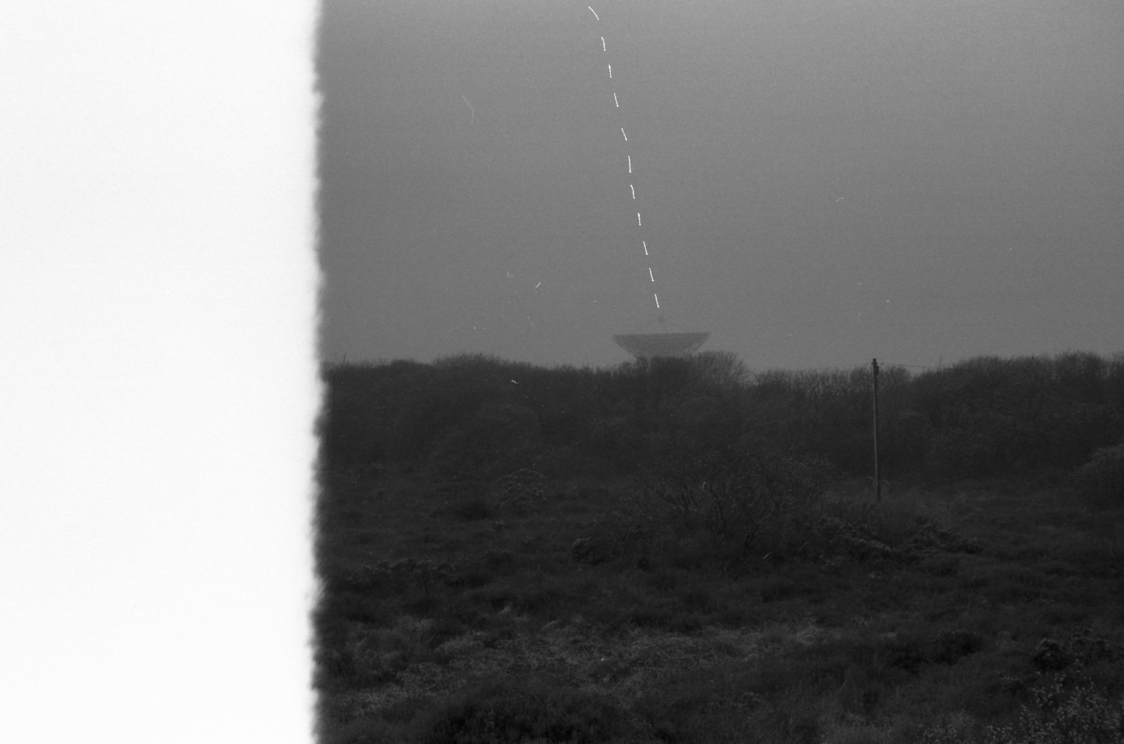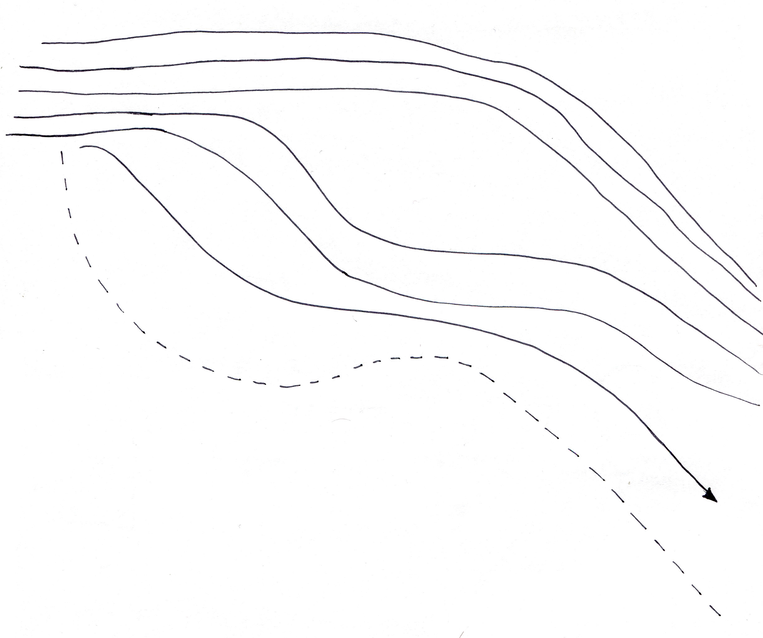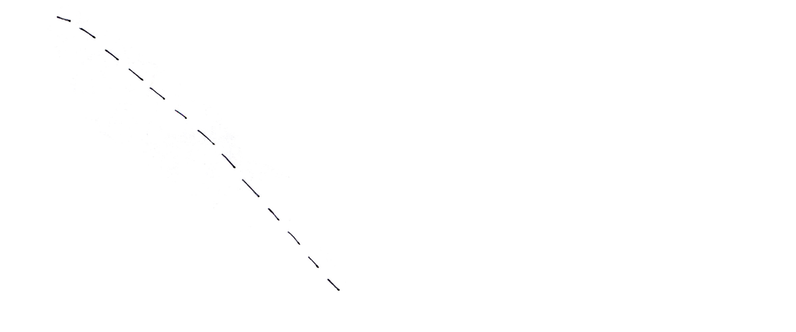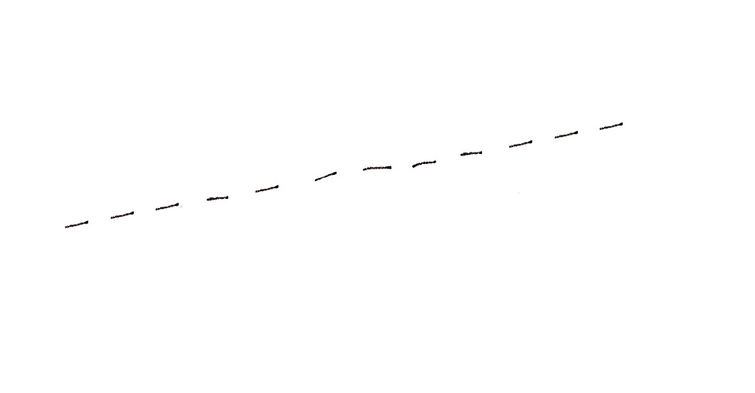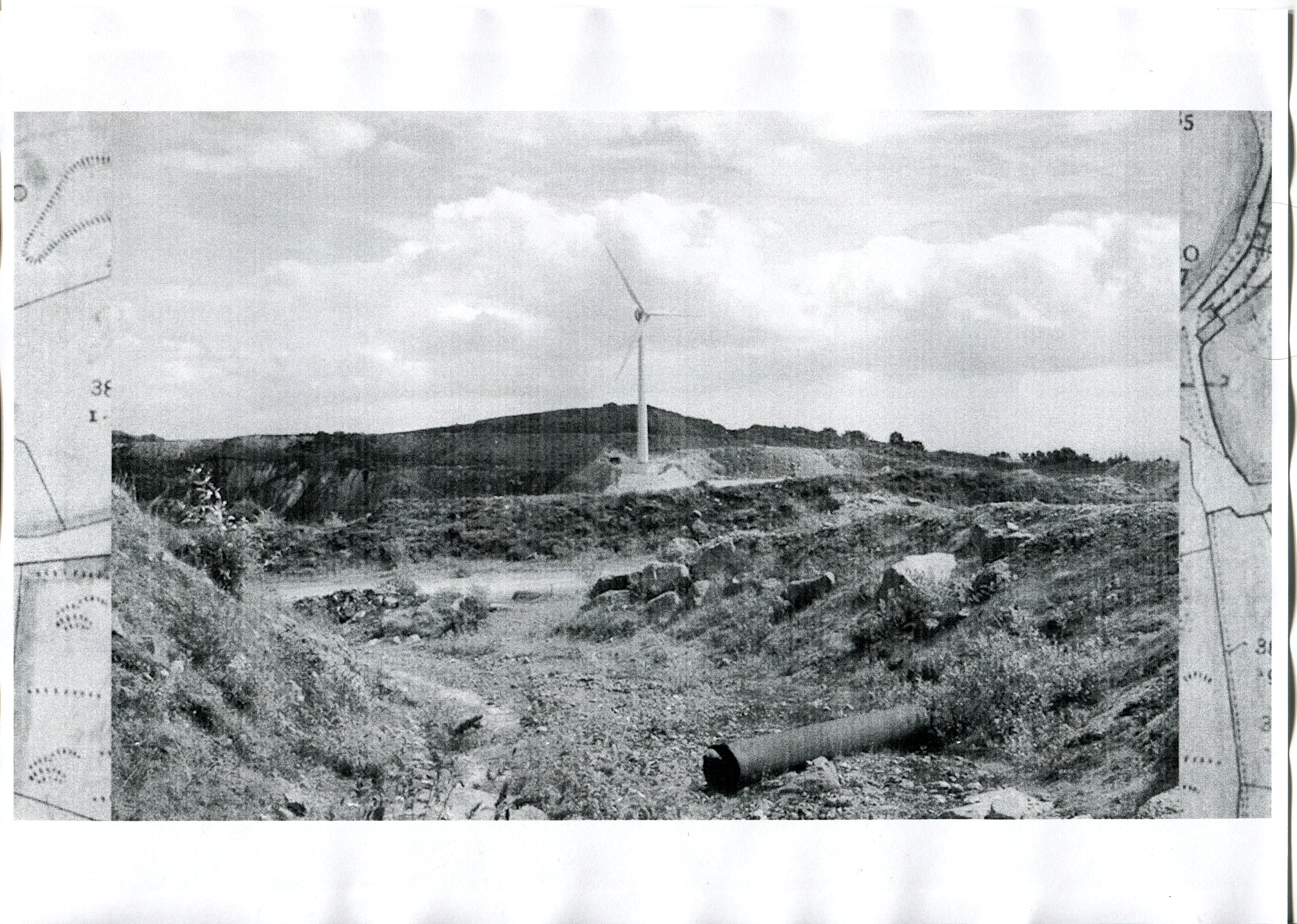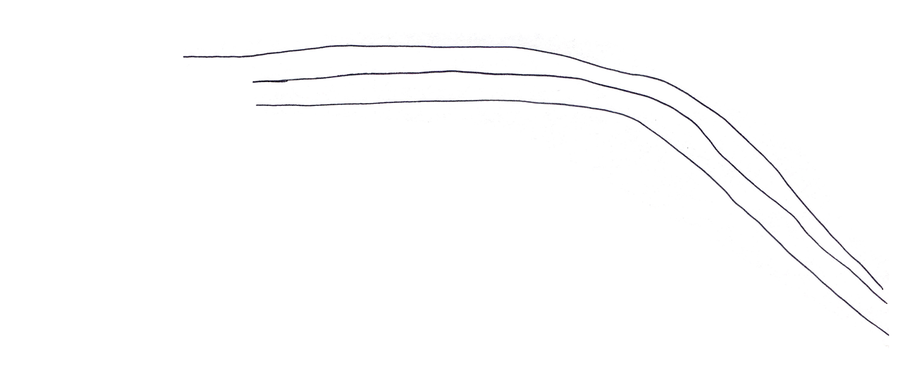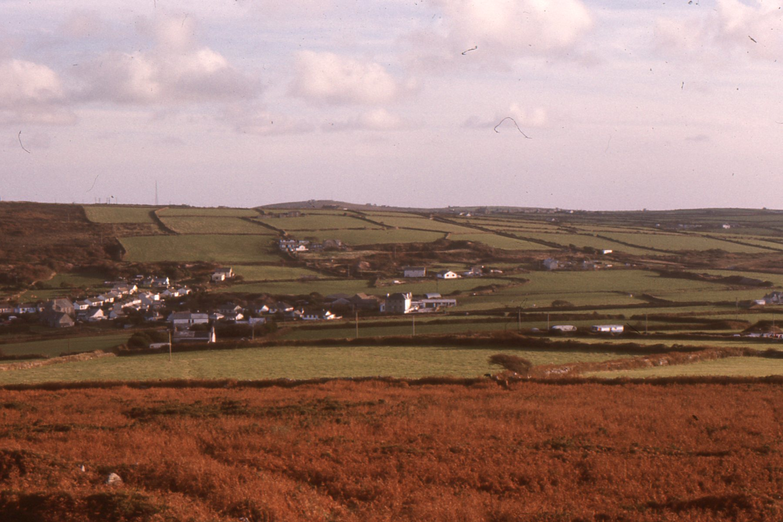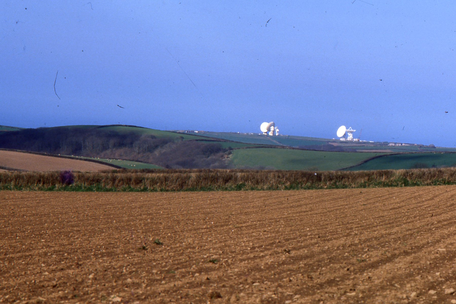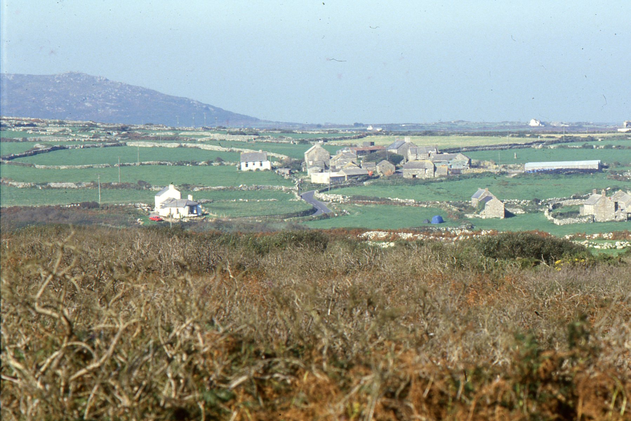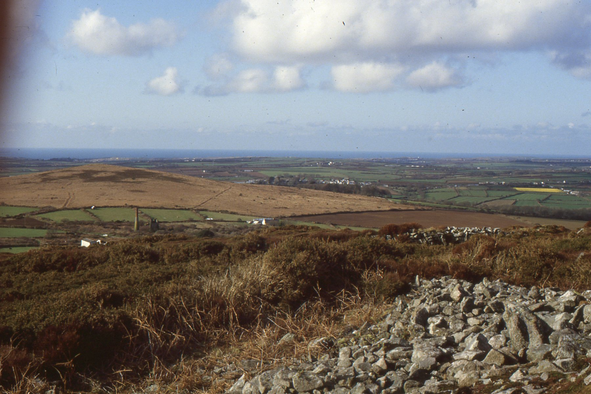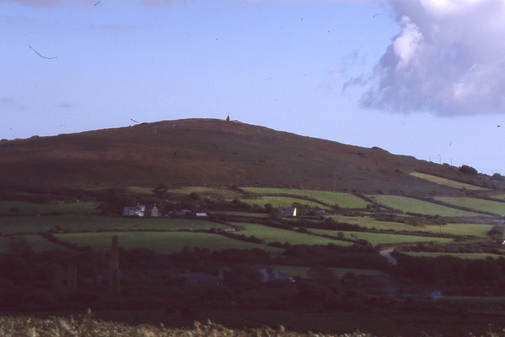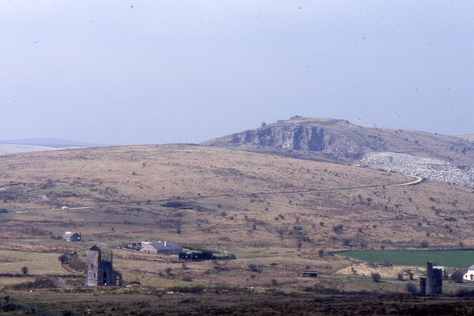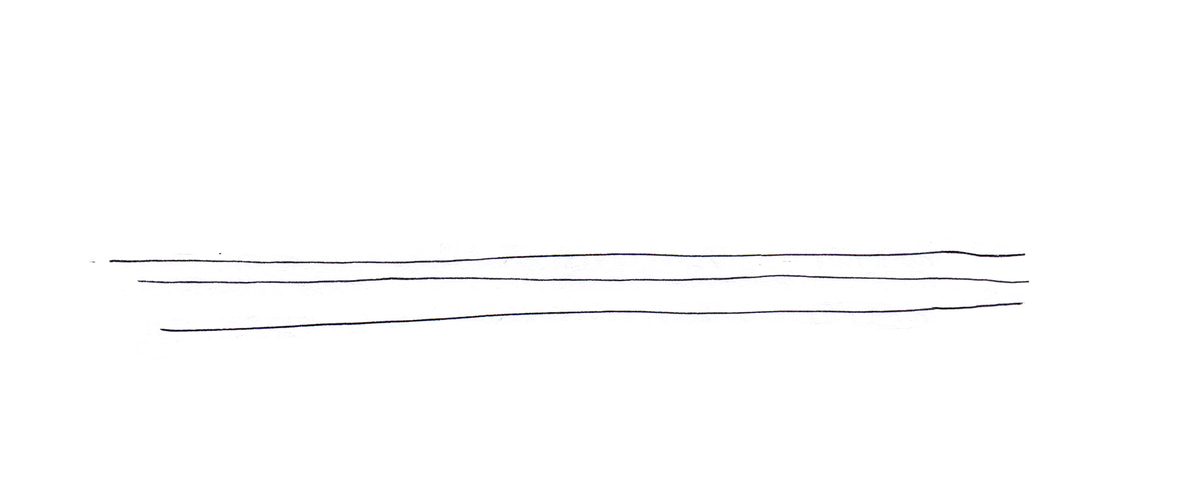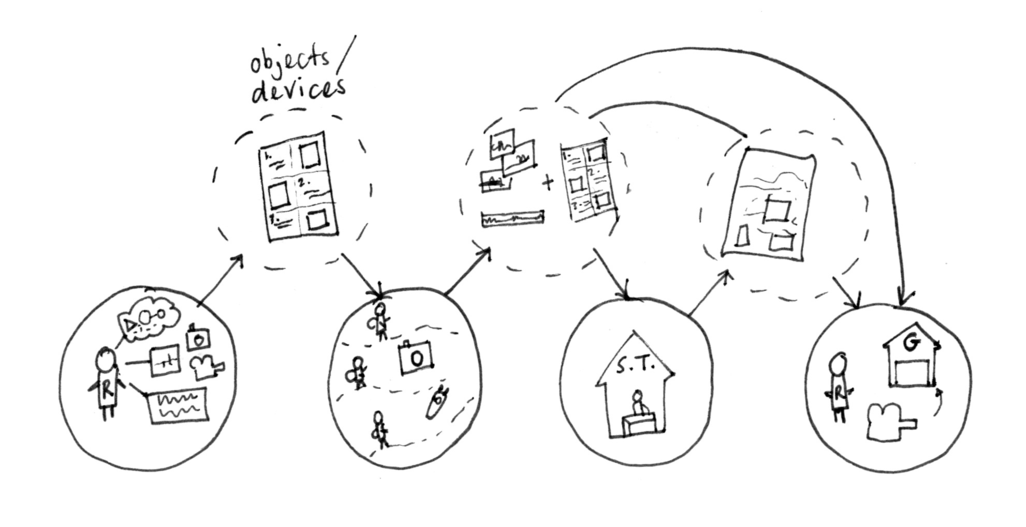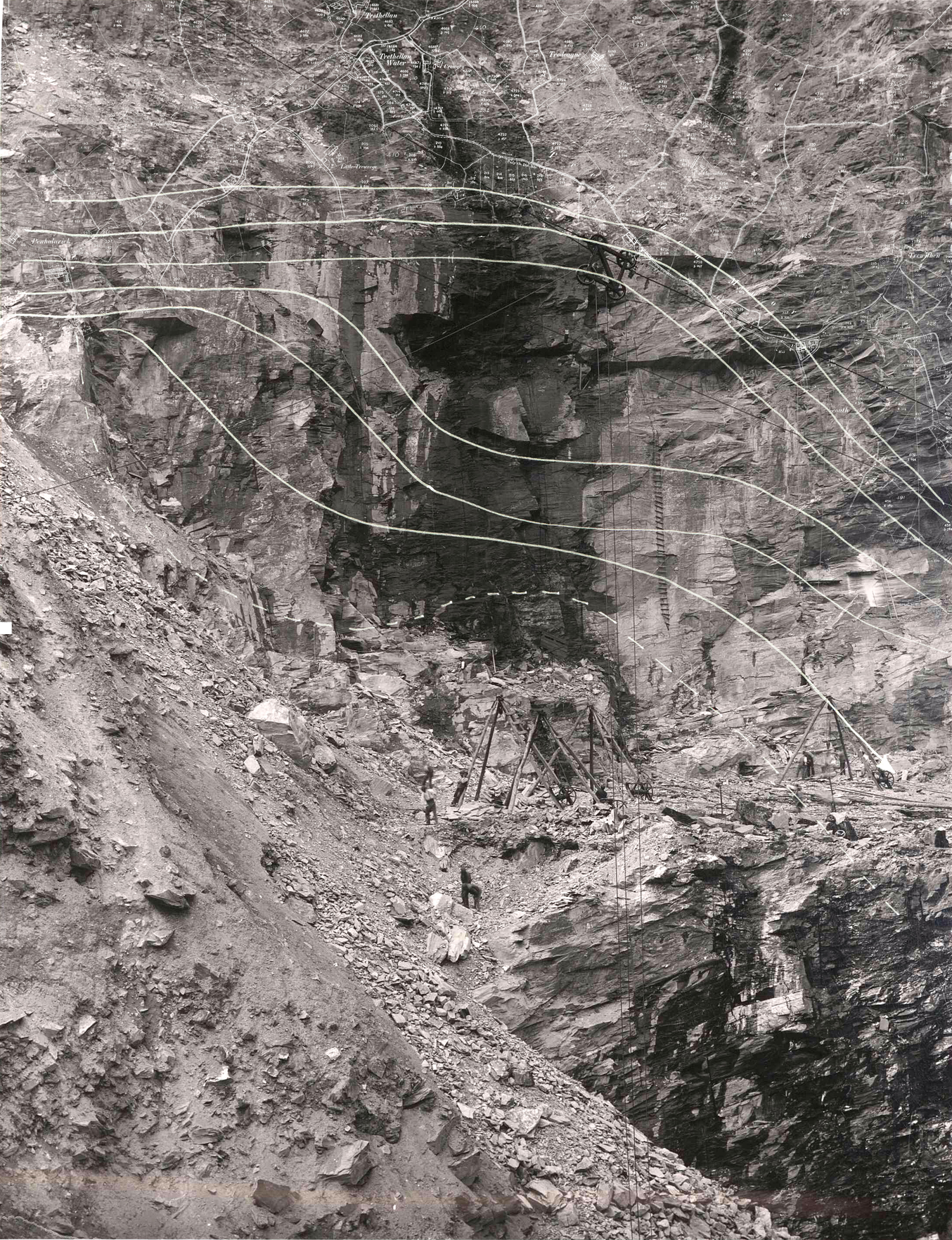"The process of conducting research is always a meaning-making activity. Whether conducted within a paradigm based on 'discovering' and 'revealing' meaning, or one the posits the 'creation' and the 'construction' of meaning(s), social research is about generating meaning from data."
(Leavy 2015: 243)
This research project is about alternative ways of looking and documenting; concerning images, looking at the landscape, engaging with film and with these methods, making meaning or, rather, creating and communicating knowledge. This is carried out through multi-sensory activities that extend the notion of vision to experience, through an engagement with materials and objects.
My practice is in film and falls somewhere between the documentary, experimental filmmaking and visual ethnography. Throughout my work I have often found myself informally influenced by collaboration and the social interaction or social exchange that pervades films about people and place. In addition, I am influenced by disciplines that employ filmmaking as a way of thinking about research or that use the medium of film as an output, such as visual anthropology and cultural geography. The initial aim of my research was to formalise this tendency and create work that is informed by social engagement and that creates connections to these other disciplines.
During the recent event of lockdown, I found myself dismantling and picking apart my research practice in order to find the essence or centre of it, as, since I could no longer carry out the research activities with participants as I had originally intended, they had to take on a new form. I realised during this process of dismantling and piecing together, that I was enacting or putting into effect precisely what I do with my art and film practice: I take fragments of visual ideas and put them together to find new meaning. I often work through my practice using collage and this technique of placing and stitching eventually mirrors what I do in the edit, which is where I find the film’s “story” or, rather, structure. In montage theory, the idea that placing two shots side by side creates a third meaning or different emotional response in the viewer depending on the combination of shots, is something I enjoy experimenting with and discovering when I edit. I seldom have a pre-conceived idea of what I want a film to look like, I collect, collate, reshuffle and then make sense. Needless to say, I have found the practice of researching a PhD quite a challenge, imagining that I know what I am doing before I get into the process of doing it, which for me is a back to front way of working. Forcing myself into a new way of constructing information that is not open-ended emergent knowledge, thinking that the theory needs to be one thing and the practice another, has made me lose sight of my research at times. That said, losing track has encouraged me to affirm a working practice that is embedded in research and vice versa, in other words, a praxis.
Although my practice is in film, my process as central to the practice involves photography and drawing. I employ a collaged mixed media approach to engage and inform a creative practice, where connections between mixed methods prove helpful in creative problem solving and idea generation. Collage artist and photographer, John Stezaker, suggests that “Collage offers the possibility of challenging the hold which pictures exert upon our imagination, perceptions, even our situation (vantage point) in the world.” (Stezaker 1978: 5). The collaged approach is similar to what Derrida calls “bricolage”, which essentially means to explore a subject with the instruments or tools at hand (Derrida 1978).
In Method meets Art, Patricia Leavy suggests that cognitive mapping is a practice and methodological tool where “ideas percolate, patterns emerge, and original conclusions develop.” (Leavy 2015: 244). Together with collage, I use diagrams to help map my practice and visually track its movement through different ideas.
The idea that diagrams can communicate knowledge or characterise manifestations of thought more efficiently than words is suggested by psychologist, Barbara Tversky. The premise of her research counters the dominant view in cognitive science and linguistics that thinking starts with language, rather, she argues it actually comes through an awareness of space through movement. Movement can be represented by graphics or gestures as spaces of action where relations to concepts are built, interpreted through maps and diagrams and their corresponding spatial schemas (dots, lines, boxes, circles). She suggests that the mind makes sense of the world and expresses meaning directly through graphics and gestures, whereas, through words it does so indirectly or symbolically (Tversky 2019). From my own experience, words organise thoughts, and from that written organisation can then express meaning; however, diagrams have the potential to communicate a more immediate relationship between ideas and meanings.
I have indicated a cognitive approach for mapping my research, however, I would like to make clear that in this project I will not be delving any further into cognitive psychology. Although it is clearly an area that my research touches on, it is also too complex a discipline to position myself within. Rather, I will propose that my research is transdisciplinary, as although it connects with many disciplines, it is not adequately contained by any specifically. Transdisciplinary research favours a unity of ideas that reach beyond the particular perspectives of those disciplines. The idea of moving away from bounded disciplines has been described as the “material turn” (Hicks 2010), which follows on from the “cultural turn” in the social sciences and humanities in the 1970s. Rather than placing culture at the centre of analysis and debate, the material turn measures human behaviour between cultures and institutions based on the spaces we inhabit and the objects we use. According to Latour, this focus on the material or materialism can be seen as “the way we move knowledge forward in order to access things that are far away or otherwise inaccessible” (Latour 2007: 139).
This may explain, why the landscape as the subject, or, rather than subject, then place or point from which my research pivots. The landscape unifies human behaviour, as according to cultural geography, it shapes us just as much as we have shaped it. However, in this post-industrial time we seem to have lost our connection to the landscape, except to admire it as a piece of scenery, which, perhaps, we are no longer a part. John Wylie draws on human geography, art and cultural geography to ask, “Is landscape a scene we are looking at, or a world we are living in? Is landscape all around us or just in front of us? Do we observe or inhabit landscape?” (Wylie 2007: 4).
Landscape architect and theorist, James Corner, writes “Landscape and image are inseparable. Without image there is no such thing as landscape, only unmediated environment.” (Corner, cited in Corner and Hirsch 2014: 241). Assuming a photograph or drawing can provide this connection, then for the purposes of my research, the subject becomes just as much the landscape as it is the material object or image. It is with these thoughts in mind, together with a consideration of material approaches, that I am framing this research project.
CORNER, James and HIRSCH, Alison. 2014. The landscape imagination. The collected essays of James Corner 1990-2010. New York: Princeton Architectural Press.
DERRIDA, Jacques. 1978. ‘Structure, Sign and Play in the Discourse of the Human Sciences’. Writing and Difference. Chicago: The University of Chicago Press.
GIDAL, Peter. 1978. Structural Film Anthology. London: British Film Institute.
HICKS, Dan. 2010. ‘The material-cultural turn: event and effect’. In Dan HICKS and M.C. BEAUDRY (eds.). The Oxford Handbook of Material Culture Studies. Oxford: Oxford University Press.
INGOLD, Tim (ed.). 2011. Redrawing Anthropology: Materials, Movements, Lines. London: Routledge.
LEAVY, Patricia. 2015. Method Meets Art: Arts-based Research Practice. 2nd edn. London: Guilford Press.
LATOUR, Bruno. 2007. “Can we Get our Materialism Back, Please?”. Focus– Isis, 98(1), 138-142.
SPILLER, Jurg (ed.). 1961. Paul Klee Notebooks, Volume 1: The Thinking Eye. London: Lund Humphries.
STEZAKER, John. 1978. Fragments. London: Photographer’s Gallery.
TVERSKY, Barbara. 2019. Mind in Motion: How Action Shapes Thought. New York: Basic Books.
WYLIE, John. 2007. Landscape. London: Routledge.
ZDEBIK, Jakub. 2012. Deleuze and the Diagram: Aesthetic Threads in Visual Organization. New York: Bloomsbury Academic.
In one of Paul Klee’s posthumously published notebooks, The Thinking Eye, one of his main concerns is visual thinking, where drawing can be described as a line that has been “taken for a walk” (cited in Spiller 1961). Lines join up ideas, form explicit relations and create a diagrammatic structure. As Tim Ingold suggests, “The line is... between the finality of objects and the potentials of things...” (Ingold 2011: 18). The process of forming ideas through practice perhaps then relies on an “in-between” state. As the content and form of my practice shifts between still images and moving ones, the diagram is an appropriate tool to move through the different stages of my praxis as work that is in a constant state of flux and movement through process.
This exposition offers a reflection of my research to date (Nov 2020). I am interested in the creative process as collaborative emergent knowledge, where engagement is not only documented visually, but animated with diagrams, photography and film. Knowledge as understanding is never static, it should therefore be represented by non-static processes. These processes can be iterative, in between states that allow for shifts of understanding.
This site offers a place to view my practice PhD in motion or development. A store of reflections, documents and new ideas with image, text and video side by side.
A schema joins up thoughts as lines providing a blueprint or a structure for ideas, and, according to Hannah Arendt, it provides the image for the concept (Zdebik 2012: 125). Similarly, the diagram is a “critical mode of representation of an image that is not quite an image or, more precisely, the terrain between the visible and the articulable...” (ibid 2012: 139). Literally speaking, “dia – gram” means through or between – form (writing / drawing / line). Therefore, it can represent ideas or research in motion.
This project is, in part, about the documents and material objects that are used to represent an experience of place. Through these objects, multi-sensory and experimental approaches between participants as creative collaborators are encouraged. The data or documents produced from these methods will be interpreted and collated into a film, as the output of the research. I propose the film will represent visualised or visible knowledge that reflects back to the thesis, through impositions on the film as signs of participation and engagement.
The methods of delivery for my praxis reiterate the principles of experimental filmmaking, where form becomes content (Gidal 1976). I argue the connection I have made to material methods both enables and reaffirms this approach. My thesis structure and indicative chapters reflect the order of the practice activities, whose stages are, in turn, reflected in the project’s title; Visualised Connections / Material Knowledge / Imagined Landscapes.
I intend the relationship between myself and participants to be democratic, or at least in opposition to the conventional verticial hierarchy that can be found in documentary film production. In this project, the structure of knowledge and power aims to be flattened, or more horizontal. The positioning of the objects or devices (instructions, images and audio recordings) as mediators or subjects in themselves, removes the person as 'othered' subject. On final exhibition, all visual artefacts including those made by collaborators and the eventual film will be displayed with equal emphasis, in dialogue with each other.
